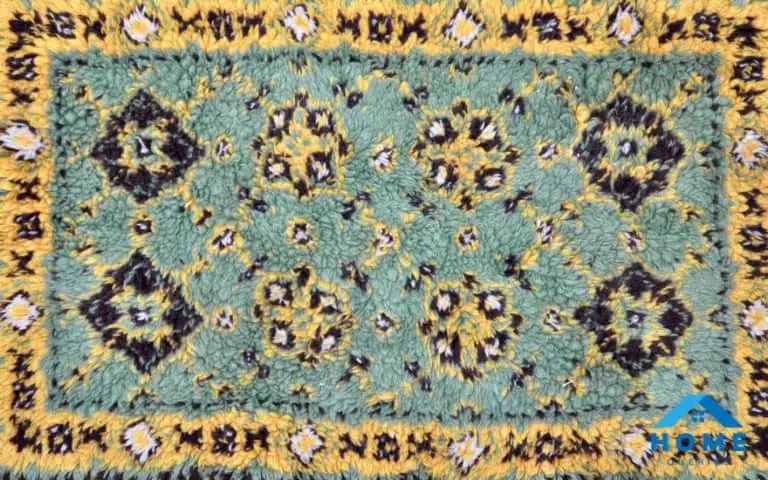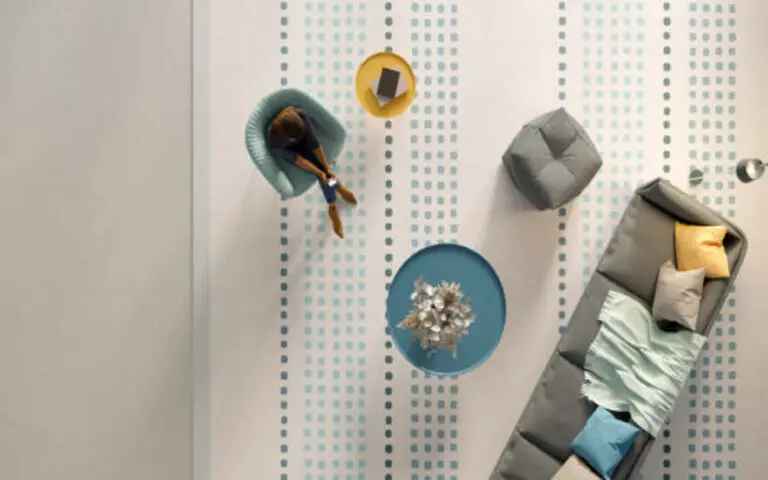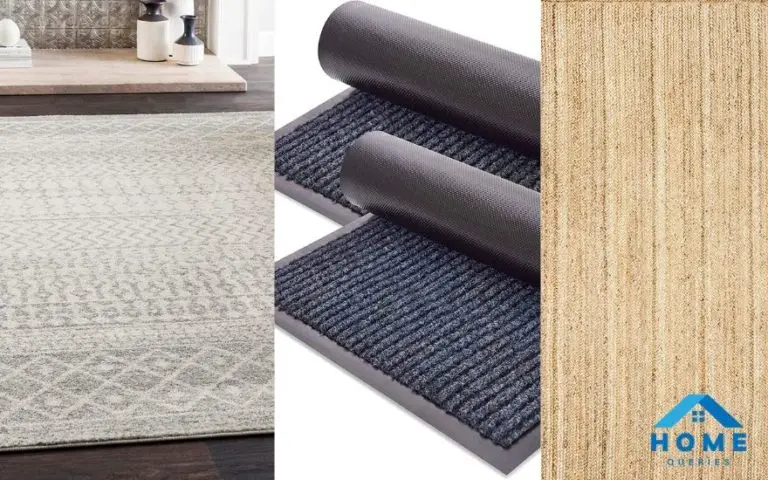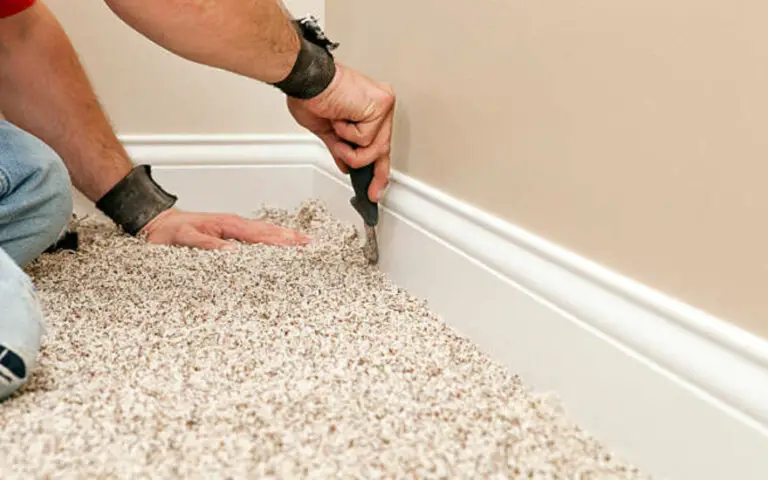As carpet ensures a healthier indoor climate with beauty, we have too long to last it appropriately. Knowing your carpet type is necessary for handling and cleaning it. We know many cleaning processes like vacuuming, dry washing, wet washing, and chemical washing. But using the right process will make your home healthier and make your carpet more durable.
Carpet is made up of various materials and styles. I know this is so confusing to understand your carpet. No worry, in this article I will tell you about some most using carpet types. And then will tell you about some techniques to identify your existing carpet type.
So read this article to the end so that you can find your answer. This will give you a proper guideline to know what type of carpet you have.
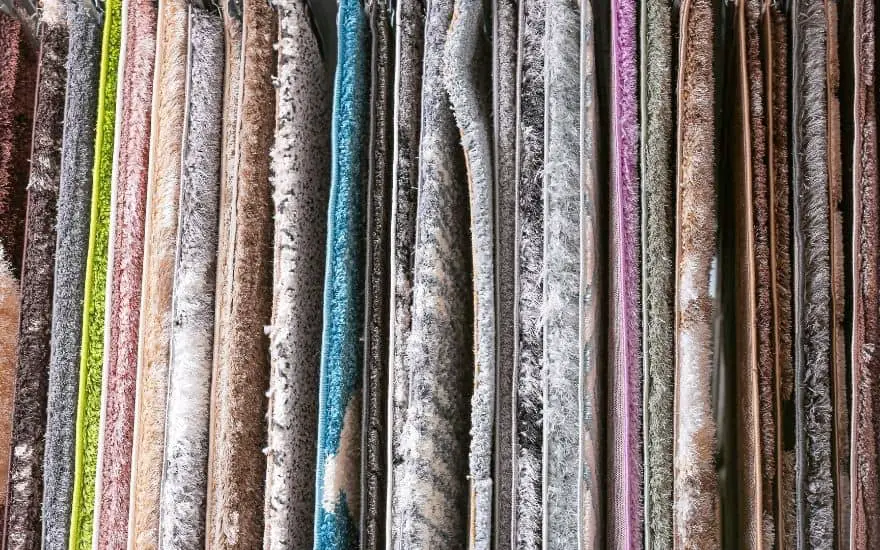
What Types Of Carpets Do I Have?
Generally, manufacturing materials help us to know the carpet types. Also weaving patterns determine carpet types also. But if you have a carpet in your room and you don’t know the type. Then you can identify the type by burning carpet fabric which calls the “burn test” or by dissolving it in a ‘chemical’.
Carpet make sure thermal comfort, safer indoor, cozy and cushiony surface.
Carpet is used everywhere in-home, in industry, in hospitals, hotels,s and so on. If I talk about home the carpet is best used in the bedroom, hall room, basement and less used in the kitchen, bathroom, and entrance.
To be safe along with beauty and comfort proper management needs. If you have children or pets in your home then need special maintenance. Carpet type changes with traffic, high traffic areas require one type, and low traffic areas need another. And every single type requires a different kind of maintenance. So, it’s important to know all the types.
How To Know Your Carpet Type?
Any carpet fiber material has its own distinct characteristics, which can make cleaning one carpet type differ from cleaning another. This is why, when cleaning a carpet for the first time, knowing the fiber type is critical. The wrong cleaning technique can damage the carpet color, and fiber or can alter the texture. I am going to describe two processes here one is the burn test, second is a chemical test.
By knowing fiber type you can get two major benefits.
- Gives a better understanding of the carpet’s cleanability
- Allow choosing a cleaning product
Burn Test
There is a test called the “Burn Test” which helps you to identify the carpet type you’re dealing with.
To do so, take a little bit of carpet fiber from an inconspicuous location, such as a closet, and burn it to watch how it responds to the flame. Here are the expected outcomes:
- Nylon burns slowly with an orange tip and a blue base flame. Smells like celery.
- Wool burns slowly with orange flame. It has charred black ash, cool to touch. It has the smell of burning hair.
- Polyester away from the flame quickly. The smoke is black and leaves a hard, black bead that is round and shiny. It smells sweet when burn like overripe fruit.
- Acrylic burns readily and melts with white orange flame and will not self-extinguish. It will leave a brittle black bead which is very hot. It smells acrid like spoiled meat.
- Olefin shrinks quickly away from the flame with an orange tip and a blue base burns readily and melts. It will leave a hard round bead which may be light brown in color. This fiber can float in water.
Now check your carpet following these signs.
Chemical Test
Burning test for identifying your carpet becomes older in some cases risky also. Some company invents a new technique called “polyester tester” to give a quick result to know carpet type. This polyester tester is an oxidizer-based product that dissolved the fiber. This actually identifies whether the fabric is polyester or nylon or olefin.
To test your carpet pull out a little tuft and set it into a little measuring cup and put one or two drops of the polyester tester on it. By doing so you can get three answers.
- If the carpet is polyester or olefin it will not be dissolved with the chemical
- If the carpet is nylon it will completely be dissolved with the chemical
The polyester test takes a few seconds to identify your carpet. But this is not that popular yet. If your nearby grocery shop has this type of solution you can use that to test yours.
Choose the correct cleaning product and maintenance system after finding the carpet type. The right one will ensure the durability and sustainability of your carpet.
There are many types of carpets according to fabric type, making style or design, and colors. First, we need to know about all the carpet types that will help us to know ours. Let’s know about carpet fabrics.
What Are The Types Of Carpet Fabrics?
Carpets are made from natural material wool or from synthetic materials like nylon, polyester or olefin. Cotton, rayon, silk, and acrylic are also used as carpet fabrics. I’m here describing the most used fabric type.
Wool:
Wool carpets made from natural materials give it a very luxurious look. Pure wool carpet is non-allergies. But it is hard to maintain as it is nonresistant to mold, and does not perform well in a humid area. Wool carpet is the most expensive carpet.
Nylon:
Nylon uses at a maximum rate in carpets. High durability, good stain resistance, sustainable color, and comfort make it expensive. It can make static energy. Nylon needs special treatment or dying process.
Nylon carpet is suitable for high-traffic areas like homes with kids and pets.
Olefin:
Olefin is the second max used fabric in the carpet. It is also called polypropylene. The strong texture hides dirt and gives it a fine look. It is stain, mildew, and static resistance. It is less expensive than nylon carpet but more expensive than polyester and acrylic carpet. It can damage sun exposure. Olefin can clean easily some types can be bleached.
This is usually used for level looped carpets in high traffic areas like Berber carpets. Use in a commercial area or in-home and play area.
Triexta:
Triexta is a new type of carpet fabric becoming popular where fiber comes from corn sugar. This synthetic type of carpet has a strong texture giving it an excellent look. It is more resistant to stain. Triexta is known to be more durable than nylon. It is the most expensive synthetic carpet than others.
This is a good option for homes with kids and pets.
Polyester:
Polyester is one of the best types of luxurious and comfortable carpets with deep and vibrant colors. Polyester carpet is non-allergenic. It is well resistant to stain, mildew and fading. It is inexpensive and easy to maintain. This carpet is not as durable as nylon and is sometimes harder to clean.
Polyester use relatively low-traffic area like bedroom and home without kids or pets.
Acrylic:
Acrylic carpet is sometimes called ‘synthetic wool” for its softness. Acrylic carpet is resistant to staining, and mildew, and also resistant to static. Acrylic carpet is low durable but resistant to fading in sunlight. It is easy to clean but alkaline cleaning can fade the color to brown.
This soft carpet is good for kids’ playrooms or bedrooms or basements. Not suitable for high traffic areas.
What Are The Types Of Carpet Styles?
There are different types of carpets styles. Some most popular residential carpet types are described here-
Plush:
This is one of the most popular styles of carpet used in homes. This carpet is a timeless classic. The tufts are sheared to a flat even height. Footprints and vacuum marks are noticeable on it. This style usually is a solid color.
Use in low traffic.
Textured Plush:
Similar to plush but the difference is the uneven tufts heights. This means footprints and vacuum marks are not visible. They are multi-color style.
Use in busy households like kid’s bedrooms and playrooms or In a family room or bedrooms.
Frieze:
Frieze has tightly twisted tufts that give curly texture. This texture allows the carpet to be more durable and invisible to the footprints and vacuum marks.
Use infrequently traffic areas.
Berber:
Berber is a level loop made out of really good yarn systems. It has a large color selection to choose from. The level loop style doesn’t show any footprints or vacuum marks.
Use in high-traffic areas like basements.
Pattern:
Pattern style is the combination between loop and plush. The pattern is a fashionable carpet type. It has all types of colors. It doesn’t show footprints or vacuum marks.
Use in high traffic areas gives a formal look.
Conclusion
The question, “What type of carpet do I have?” has been answered in detail along with a few other important pieces of information. For good maintenance or cleaning it’s important to know your carpet type. Correct identification allows for better chemistry matching and, therefore, better results.

